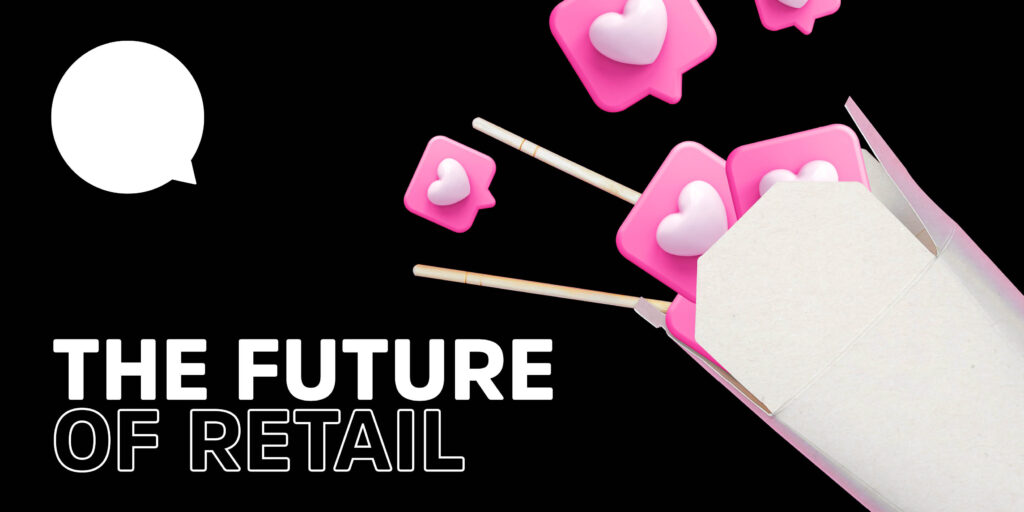Is in-store shopping dead? – Reshaping retail for in-store experiences
28th April 2022
Last-minute anniversary present? Next day delivery. Nan’s birthday? We’ve all been there – open phone, send flowers, next day delivery, and relax.
When we do our shopping, it no longer involves a trip, just a click. No planning necessary, no dash into town before the shops close. We’ve dramatically shifted to shopping online.
Director & Head of Industry, Retail & Ecommerce at Facebook says: “As we look ahead to 2022, it’s our collective responsibility to enable shopping and transacting wherever people are comfortable taking action. That means having a seamless shopping experience across your site, your mobile app, your mobile site, and finding ways to surprise and delight people along the way. “
So where does that leave good old fashioned bricks and mortar? What about the high street? Things have changed quickly, but in-store shopping still has its rightful place in the retail space.
Earlier this month, Amazon opened its first physical non-food store in the UK, while the high energy workout app Peloton has partnered up with John Lewis to show shoppers its popular bikes in person. These are among a few brands switching on to the potential of the changing in-store environment.
How has the pandemic changed things?
The idea of convenience has been accelerated – restaurants have had to survive by moving into this model through the use of food delivery services. However, interaction is one thing we miss out on in this brave new world.
Everyone craves interaction, brands are beginning to see the value of this and are attracting customers back into stores. Not completely abandoning technology, QR codes have shown to be just the beginning of integrating online and in-store retail. Decathlon used the idea of deploying QR codes on price tags as part of their app which came with a ‘Scan and Go’ feature. The app helped customers skip long queues by scanning QR codes on price tags and making payments directly from the app.
The aim now is to create an emotional connection between consumers and brands. Lines between shopping and entertainment are blurred. LEGO changed its approach to retail by using experientialism in this way. Customers are turned into ambassadors through the LEGO Ambassador Network – a program that allows The LEGO Group to work with communities of LEGO fans. They share their experiences online, spread the word in their holiday stories and social media – this connection lasts much longer than the transaction of buying the product and creates a memorable interaction between the consumer and the brand.
What can brands do to stay ahead?
Brands should place customer experience at the heart of their in-store and online retail.
By merging technology with real-life shopping experiences, brands will be able to reach consumers in a way that really appeals.
Boots flagship Covent Garden store is an example of reimagined retail, combining innovative in-store retail experiences with heightened technologies. The concept store is home to the ‘Beauty and Wellness Halls’ where customers can discover over 300 brands, lower shelving, digital screens and express pickup lanes. As well as encouraging customers to the high-street, the store also considers conscious shopping with a sustainable beauty kitchen that supports refillable toiletries and prescription collection lockers.
Following the growth of global e-commerce sales, new ways have emerged to help make online content more ‘shoppable’. Users can now buy products directly from social posts, allowing brands to create memorable customer experiences when consumers are browsing social content or shopping online.
The launch of TikTok Shopping in 2021 supports this change, allowing TikTok creators to promote and sell products on the platform. The integration between Shopify and TikTok allows brands to reach consumers authentically, whilst connecting with influencers or users they engage with. Think of the modern version of your friend recommending a new face cream to you.
It is clear that the retail landscape is constantly changing. But at HDY, we’ve got our ears to the ground. Take a look at HDY Future Thinking for more insights into the latest consumer, marketing and design trends.


